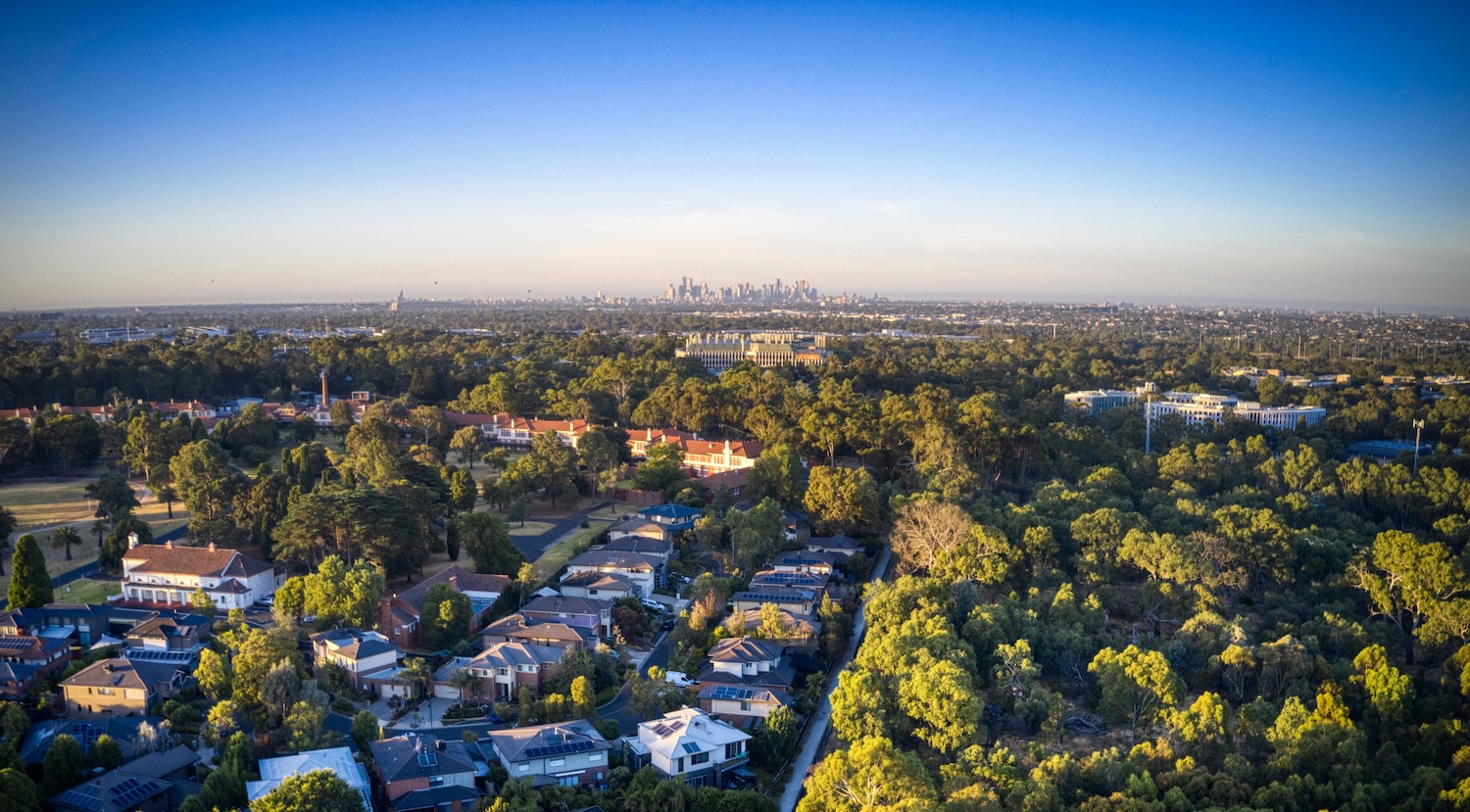
"There's a certain attraction to buying investment properties in the outer suburbs, but getting blinded by the lower prices may cost you more than you think." -Kate Moore, Finance Support Manager
Some buyers’ agents promote investing in more affordable locations (i.e. outer suburbs).
I can understand why some investors might be attracted to follow their advice.
But it’s not until you delve into the theory and evidence that it becomes blatantly obvious that such investments have a high probability of under-performing.
I noticed a buyers’ agent advertise that he bought this “north Brisbane” property for a client for $530,000.
He estimated that the rental income would be $480 per week.
The land size is large.
It’s on 1006 sqm, which apparently has subdivision upside.
Sounds good?
Firstly, a bit of research revealed that this property is located 17kms north of Toowoomba, not Brisbane.
In fact, it’s over 140 km from the Brisbane CBD.
Secondly, it’s not going to work as an investment for the following reasons:
At first glance, this asset might appear to be a good investment because of its affordability i.e. low price compared to capital cities and high rental income.
However, it is very clear that it doesn’t have the attributes to drive any meaningful capital growth.
The rental income will diminish over time unless capital improvements are made.
This is not an “investment”.
I picked the above example randomly (in fact when I picked it, I thought it was in Brisbane, not Toowoomba).
But I come across many similar examples.
For example, for almost 20 years I have heard various buyers’ agents suggest that Melbourne’s suburb, Frankston is the next growth suburb.
Of course, whilst some properties in Frankston may have performed well (as there are always exceptions that prove the rule), investors have been better rewarded by investing in blue-chip suburbs over the last 20 years.
I’d imagine that the price point is a big attraction for some investors.
That is, houses are substantially cheaper.
That means that people can spread their eggs across multiple baskets i.e. invest in multiple properties.
It also means that people that cannot afford a house in a capital city, can still “invest” in a property.
Secondly, because properties in outer locations tend to have a lower land value component (land is cheaper than the building), rental yields are higher.
This makes a property more affordable to hold, particularly while interest rates are so low.
Quite often, in today’s market, the property’s rental income will cover all expenses and loan interest.
The first thing to recognise is that the supply and demand fundamentals are significantly different compared to blue-chip locations.
The supply of vacant land in the surrounding locality is typically infinite.
Whereas the demand for property reduces the further you move away from blue-chip suburbs.
The second consideration is the tenant profile.
Tenants in these locations are more likely to be lower-income earners.
That can include young families, often with pets that create a lot of wear and tear on your property.
Compare that to a professional couple renting in a blue-chip suburb that has almost zero risks of unemployment and probably spends most of their time away from the property.
Lastly, it is incredibly important to recognise the impact that increasing borrowing capacities have had on house prices over the past 3 to 4 decades, even in outer suburbs.
The average Australian’s borrowing capacity has increased by 2 to 3 times since the early 1980s.
It is my view that borrowing capacities have peaked.
They will only rise in line with incomes.
That means the buying power of low to middle-income earners will not increase by the same rate as it has over the past 30+ years.
This means the rate of historic growth will not be repeated.
We know that price appreciation occurs when demand persistently exceeds supply.
Putting aside affordability considerations, most people desire to live near the CBD (not in it but surrounding it).
These locations tend to offer a greater array of employment opportunities and better amenities such as entertainment, schooling, medical and pastime activities.
The supply of houses in these locations is finite and fixed.
There’s little to no vacant land available.
As such, it’s not difficult to visualise that demand always exceeds supply.
The richest 20% of Australians own 64% of all household wealth.
And between 2003 and 2017 this top 20% grew their wealth by 68% (compared to 6% for the least wealthy 20%).
It is this cohort of Australians that can afford to (and will) drive blue-chip property prices perpetually higher.
Remember, the aim is to invest in a location that has the highest probability of having an excessive level of demand.
You might own the property for 30+ years, so pick a location that will maintain its popularity over that long period of time.
You cannot expect average returns from a below-average quality investment asset.
Above-average quality assets are at lower risk because they have a very high probability of delivering reasonable investment returns.
For example, a pink diamond will probably always appreciate in value at a faster rate than a white diamond.
The same principle applies to investing in property – you must aim to only invest in the pink diamond.
It is probably tempting for some buyers’ agents to buy property at any price point.
Because, of course, not everyone can afford to spend over $500k on an investment property.
However, the only way you can do that is if you compromise sound investment principles.
And that is a slippery slope and is a sure-fire way to make costly mistakes.
If you want to invest in property, do it properly and never compromise on quality (even if you have to put all your eggs in one basket), or don’t do it at all and invest in alternative asset classes.
Source: Property Update
Wemyss, S. (2022, May 9). Investing in property in the outer suburbs — should you do it? Property Update. https://propertyupdate.com.au/investing-in-property-in-the-outer-suburbs-should-you-do-it/